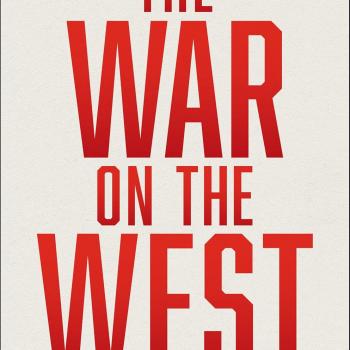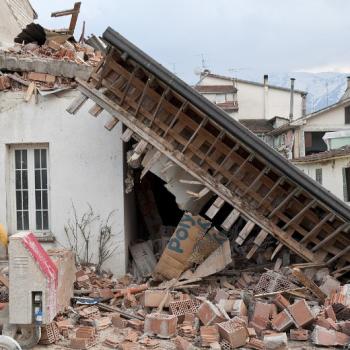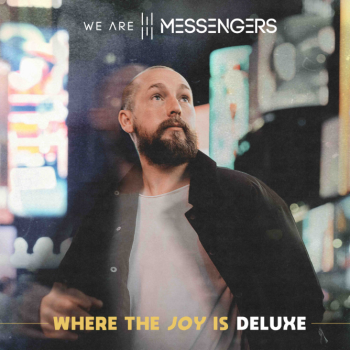Editors' Note: This article is part of the Patheos Public Square on the Future of Faith in America: New Religions. Read other perspectives here.
It has never been more exhilarating to be a Scientologist than today. Our religion has experienced greater expansion over the past decade than in its previous fifty years combined.
Yes, I am excited, and the best way I can convey why is to encourage you to watch a video on the Scientology website called "Scientology, a Decade on the Rise." It shows what underlies our tremendous expansion.
Scientology has truly entered a golden age.
A recent article in Freedom Magazine, the voice of the Church of Scientology, details why Scientologists — both those like me who have been Scientologists for many decades and those walking through the doors of one of our Churches or Missions for the first time today or finding us online — are experiencing greater personal spiritual growth and are more committed to reach out with our technology to help others than ever before.
The article tells of the completion of a three-decade project to catalog and certify the religion's Scripture and codify its spiritual processes.
The work was carried out under the header of two projects: Golden Age of Knowledge and Golden Age of Tech Phase II. Together they represent millions of hours of work coordinated by Mr. David Miscavige, Chairman of the Board Religious Technology Center (RTC), a body entrusted by Mr. Hubbard before his death to preserve the integrity, purity, and veracity of Scientology Scripture and to carry it forward into the modern age.
The projects began with an investigative effort to track down all of Mr. Hubbard's written and recorded works — ultimately found in far-flung parts of the world, dark corners of forgotten basements, and everywhere in between. Once located, Golden Age of Knowledge verified all the materials for authenticity and content: Were the works just as he wrote and recorded them and intended them? RTC also saw to the restoration of materials, many of which were badly compromised, having been carelessly recorded half a century ago, or, for example, in the form of handwritten notes transcribed by a typist with an inclination to tinker.
On finishing, for the first time in history all of the fundamental works of Dianetics and Scientology — 18 written volumes and nearly 2,500 recorded lectures — were compiled and complete.
Bringing the entire body of Scientology Scripture to parishioners everywhere, and delivering Scientology religious services exactly as L. Ron Hubbard intended, is a growing worldwide network of Scientology Churches known as "Ideal Organizations."
In the last decade, more than forty new Ideal Orgs have opened their doors in major cities and cultural epicenters on four continents.
Our Churches are wide open to the public. All Ideal Orgs have Public Information Centers with more than five hundred informational videos. Many of these videos are also available on the Scientology website. Anyone with access to the internet (an estimated 60 percent of the population of Earth) is welcome to visit, read, watch, and learn.
The website includes nineteen free courses in the most fundamental aspects of Scientology technology, each with practical exercises where students use the technology to improve their lives and the lives of others.
I think most Scientologists are excited, but not surprised, that Smithsonian magazine recognized L. Ron Hubbard as one of the most ten most influential religious figures in American history and one of the 100 Most Significant Americans of All Time.
But if that is the past, I believe most Scientologists are even more excited about the future.
That is not to say we think everything is great. There are serious social issues that threaten to overwhelm society: drug abuse; criminality; rampant immorality; human rights violations including religious persecution and more people trafficked today than in the height of the slave trade.




